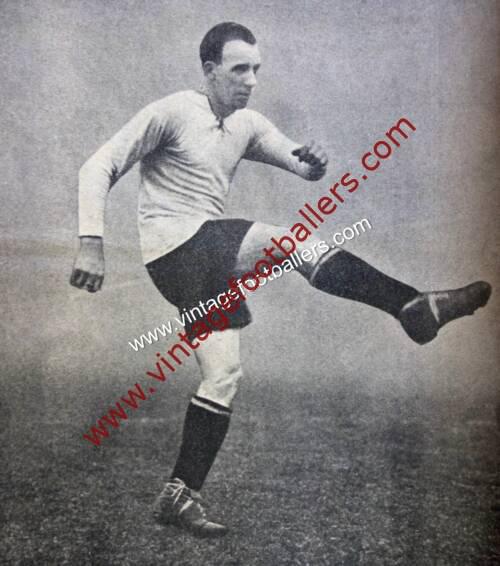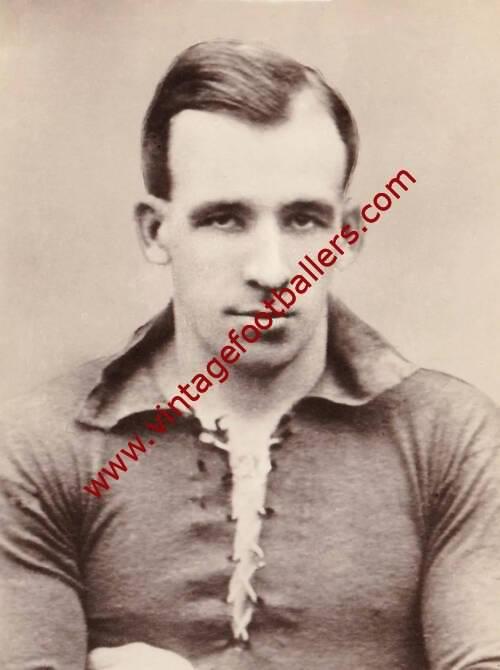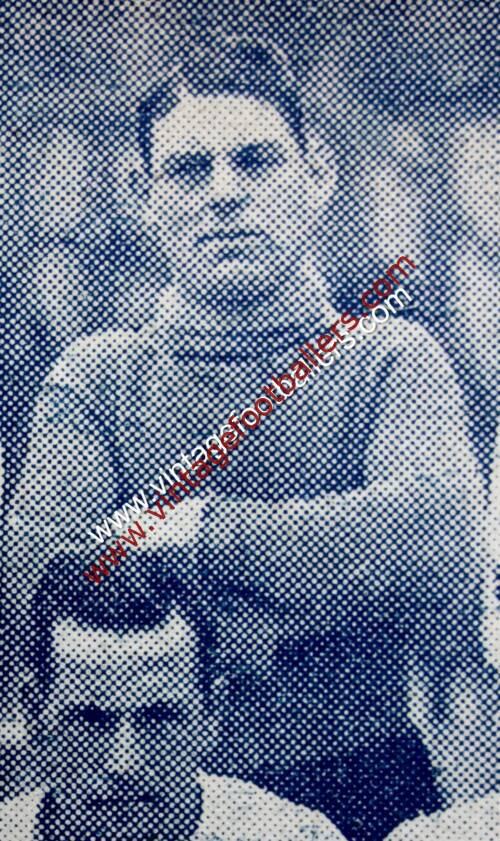Please choose your photo size from the drop down menu below.
If you wish your photo to be framed please select Yes.
Note: 16″x 20″not available in a frame.
Images can also be added to accessories. To order please follow these links
£8.95 – £49.95
Please choose your photo size from the drop down menu below.
If you wish your photo to be framed please select Yes.
Note: 16″x 20″not available in a frame.
Images can also be added to accessories. To order please follow these links
Centre forward Ernie Simms is surely one of the most remarkable footballers in British football history, and his story should be made into a film or documentary. Born in Murton, County Durham, he began his football career with South Shields Adelaide in 1909, playing for Murton Red Star in 1910 and Murton Colliery Welfare in 1911 from where he signed for Second Division club Barnsley in January 1913. He had not played for the Barnsley first team by the time he joined Southern League club Luton Town later in 1913, helping them to win promotion back to the top flight of the Southern League in his first season. In 1914 he was described as “a dashing, fearless player who goes straight for goal, he has proved one of the most effective centre forwards Luton have ever possessed. Quick in his movements, and not afraid of risking a heavy charge, he again and again brings off sprightly dashes which have him a clear run for goal. He shoots with power and considerable accuracy, and knows how to divert the ball into goal with his head… Simms is in the infancy of his career. With more experience he should make a great centre forward”.
However his career then suffered a near terminal blow as the onset of the First World War forced the suspension of peacetime football in May 1915, when he was released by Luton. During the War he fought with The Footballers’ Battalion as well as with The Royal Field Artillery but suffered severe wounds to his hip fighting with the former.
Despite the noticeable limp and ungainly running style, which always attracted the attention of passers-by whatever the weather, each and every night Simms returned to Kenilworth Road in a despairing effort to regain fitness and play once again. For the duration of the War the ground was closed, but Simms gained entry to the ground each night by climbing up a drain pipe with the “agility and ease of a practised cat-burglar”. He then stripped down to his vest and underpants and raced up and down the terraces and completed lap after lap of the cinder track surrounding the pitch. This went on for months, until one morning the wartime caretaker arrived at the ground and noticed footprints in the deep snow. Fearing there was a burglar at large the police laid a trap and pounced on him the following evening, leaving Simms no choice but to confess everything.
The Simms case became a cause célèbre; his spirit and determination matched the national wartime mood. A special board meeting was convened whereby it was determined that his dedication and courage should be rewarded – Luton Town gave him another professional contract, and Simms dominated wartime football – he scored 40 goals during his first year back, the 1916-17 season. He continued to play for Luton on resumption of peacetime football becoming the club’s regular centre forward, a remarkable story that would get better.
1920-21 saw Luton back in the Football League and Simms scored 34 goals in 44 matches, nearly half of Luton’s 61 goal season total. His haul included 4 goals in a 6-0 win over Reading in February 1921 and a hat-trick in a 4-0 win over Norwich City in November 1920. Such goalscoring saw him picked in March and April 1921 with call ups to the England squad for two Home Championship matches, although he didn’t make the final XI on each occasion. Finally he was rewarded with an England International cap in October 1921 against Northern Ireland in Belfast. He was only the second player to play for England whilst with a third tier club after Jack Fort of Millwall, and there have been only a handful of others since. It is all the more remarkable considering his war wounds. Although he never played for England again, he did captain an FA XI on a tour of Australia in 1925.
After 18 goals in 28 appearances in their 1921-22 campaign and trebles against Exeter City and Gillingham he was sold to Second Division club South Shields in March 1922 for £1,000 having scored 109 goals in 160 League appearances for Luton. Simms scored 17 goals in 52 matches for Shields, before joining Stockport County in January 1924. He scored a hat-trick for The Hatters in his third match in a win over Hull City, scoring 21 goals in 68 matches for Stockport through to the end of their 1925-26 campaign, when he joined Midland League club Scunthorpe & Lindsey United, where he continued his goalscoring and fired them to the 1927 Midland League Championship, and finally, after a brief spell with Stafford Rangers, he joined York City later in 1927 and finally Vauxhall Motors in Luton in 1928 before retiring aged 37.
NB although a Stockport player when this image was published, it was taken while he was a at Luton Town in 1919.
| Weight | N/A |
|---|






